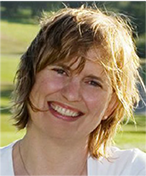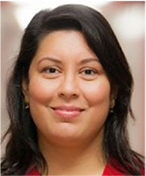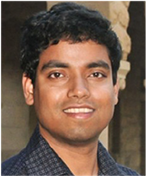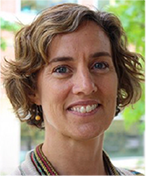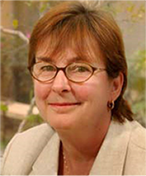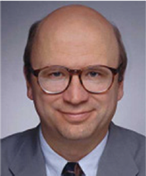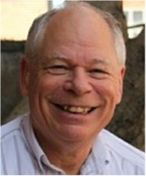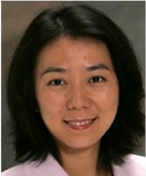
Research Centers
Center for Environmental Research and Community Engagement
Numerous communities in Los Angeles County have legitimate concerns about environmental exposures of their residents due to proximity to toxic sites, highways, airports, and contaminated groundwater. Many of these communities are underserved and not in a position to fund the environmental testing and research needed to provide their residents with information on the environmental safety of their community. Examples of these communities include residents living near the closed Exide battery recycling facility, residents in proximity to the industrial activities at the ports of Los Angeles and Long Beach, and numerous communities with highly contaminated groundwater.
UCLA students and faculty benefit significantly from increased connections to community needs as it will help faculty find relevant and timely projects and research questions. UCLA students are eager to apply what they are learning to make meaningful contributions to enhance human health and the environment. The goals of the center are in accord with those of the Sustainable LA Grand Challenge.
Meet Our Team

Mark Gold, Ph.D.
Associate Vice Chancellor for Environment and Sustainability
Sustainable LA Grand Challenge
Current Projects
Lead in Soil
Over the last year, we have analyzed three playground soil samples from each of 100 public parks across greater Los Angeles. Lead levels ranged up to 343 ppb, and 46 of the 100 parks had at least one of the three samples over the revised CA human health screening level for lead of 80 ppm. We are currently writing up these results for publication. This work was generously funded by Mark Cappellano with the Skyscrape Foundation.
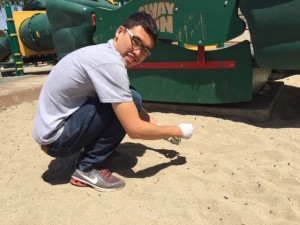
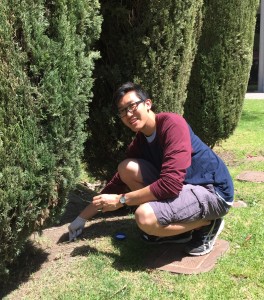
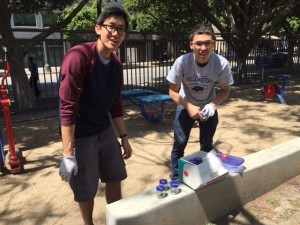
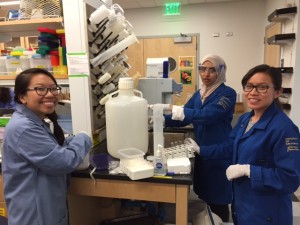
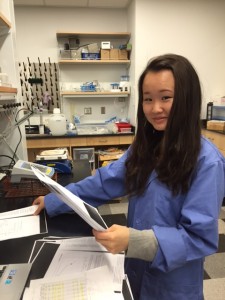
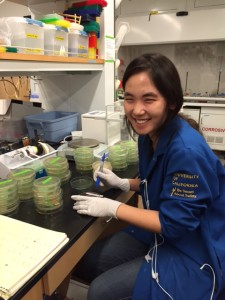
Farmworker and Landscaper Study
STUDY TITLE:
Impact of Occupational and Environmental Exposure to Antibiotic Resistance Genes on the Human Microbiome in Farmworkers and Landscapers in California
BACKGROUND:
Farm workers and landscapers have high occupational exposure to antibiotic resistant bacteria and antibiotic resistance genes through their contact with manure in fertilizer. Our lab has begun measuring antibiotic resistance vectors in retail potting soils and fertilizers. Various brands differ by orders of magnitude. We have also found resistance genes in air elevated downwind of agricultural facilities, including recently fertilized fields.
While previous research has shown that direct occupational exposure to livestock can result in increasing antibiotic resistance in workers, the links between other occupational exposures and increasing resistance to antibiotics are not well-understood.
PRIMARY GOAL AND SPECIFIC AIMS:
Primary goal: To identify routes of exposure to antibiotic resistant bacteria and antibiotic resistance genes in farm workers, landscapers, and residents near farms exposed to differing levels of resistance vectors from both environmental and occupational conditions.
Specific Aim 1: Collection of Survey Data and Antibiotic Resistance Gene Quantification in Biological Samples from CA Residents. Teams consisting of a Spanish-speaking science or engineering UCLA student will collect survey data from adults after screening to identify the same proportion of farm/landscape worker and non-farm/landscape worker households. We will collect occupational, health, and hygiene data (laundry, personal hygiene practices), as well as biological samples (saliva and skin swabs) from randomly generated selected humans living in the study neighborhoods.
Specific Aim 2: Continuation of regional environmental antibiotic resistance gene assessment. We will continue to monitor gene levels in air, water, soil, and house dust in Bakersfield and Fresno as well as two adjacent rural areas. We will determine whether city-to-city differences observed recently by our lab are consistently found again, and we will obtain exposure data for the same sampling month from humans.
Although we have just received a grant of $6,000 from the UCLA Center for Occupational and Environmental Health to begin the study this summer, we are actively soliciting funding toward completion of the study.
Contributions to support the work of the Center are tax deductible and deeply appreciated.
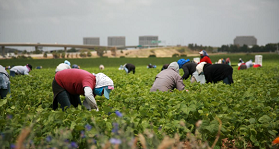
levels of antibiotic resistance genes.
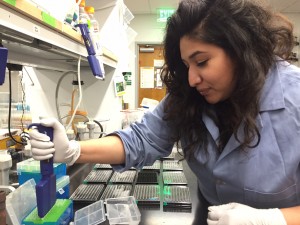
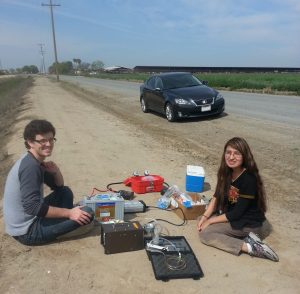
Storm Drain Sampling
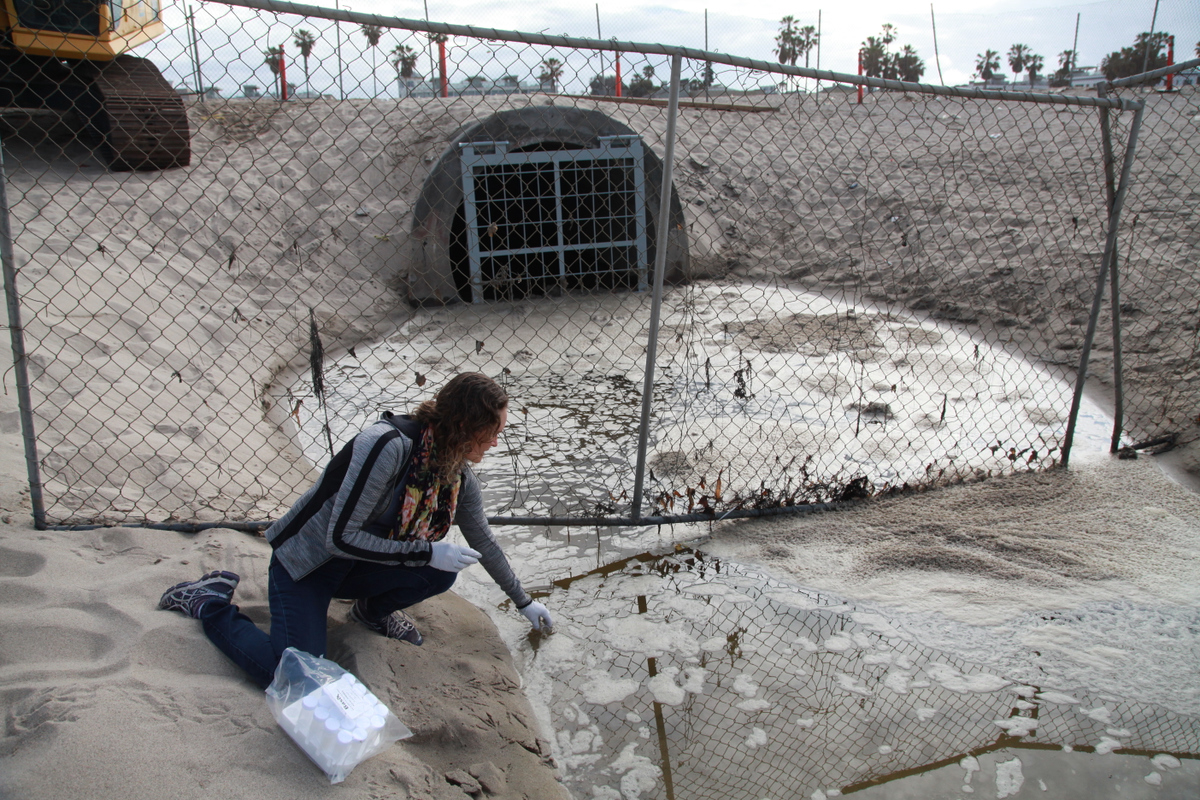
Prof. Jenny Jay is sampling a pool near a local storm drain at the request of a concerned resident. Photo credit: Margaret Molloy
CERCE Goals
This new Center, while housed primarily in the School of Engineering, brings together faculty and students across UCLA departments, institutes, and schools to:
- Provide underserved communities with testing of air, soils, or water at no or greatly reduced cost.
- Assist communities with interpretation of data on contaminant levels. This may involve literature reviews and analysis of data.
- Answer environmental research questions derived from community needs regarding contaminant mobility and speciation. We currently have analytical capabilities for a range of metals, pathogens, and emerging contaminants including antibiotic resistance genes.
- Provide UCLA students and faculty with meaningful interdisciplinary projects spanning environmental science and engineering, chemistry, policy, regulation, public health, risk assessment, and communication. These projects may involve lab work, analysis, and community engagement.
- Undergraduate course credit will be provided through 199’s for independent projects as well as through a new course, CEE184, for group research related to larger Center projects involving several students.
- Center projects will provide Civil and Environmental Engineering Masters students with thesis projects.
- UCLA Ph.D. students will have mentoring opportunities for both undergraduate and MS students.
- Data analysis in response to community needs can be incorporated into undergraduate and graduate courses in statistics, aquatic chemistry, and chemical fate and transport.
- Students in summer internship programs such as the High School Summer Research Program and the BRIDGE program with community colleges can work on Center projects.
- With sufficient funding, the Center could offer paid internships to provide research opportunities for students from groups that are underrepresented in science and engineering.
- Develop technical and policy recommendations to remediate those sites that pose a health risk to the local community
- Assist communities in applying for technical assistance grants.
The results of the research projects will be presented to the affected communities and those regulatory agencies with potential responsibility to remediate contamination in soil, water or air.
Contact CERCE
If your Greater Los Angeles community is concerned about environmental exposures, please email us at jjay@seas.ucla.edu or fill out the form below. We will respond as soon as possible.
Ways To Give
The Center does not receive a budget from UCLA and relies on donations from private citizens and foundations. Please contact Professor Jay at jjay@seas.ucla.edu regarding a tax-deductible donation ear-marked specifically for environmental work for underserved Los Angeles communities.


